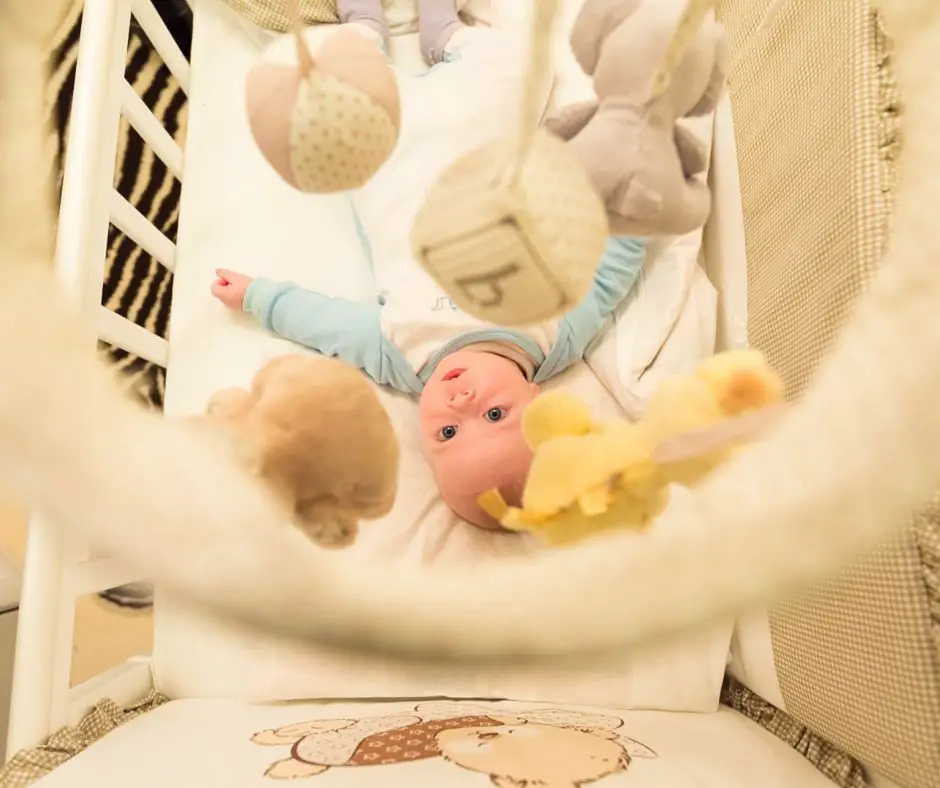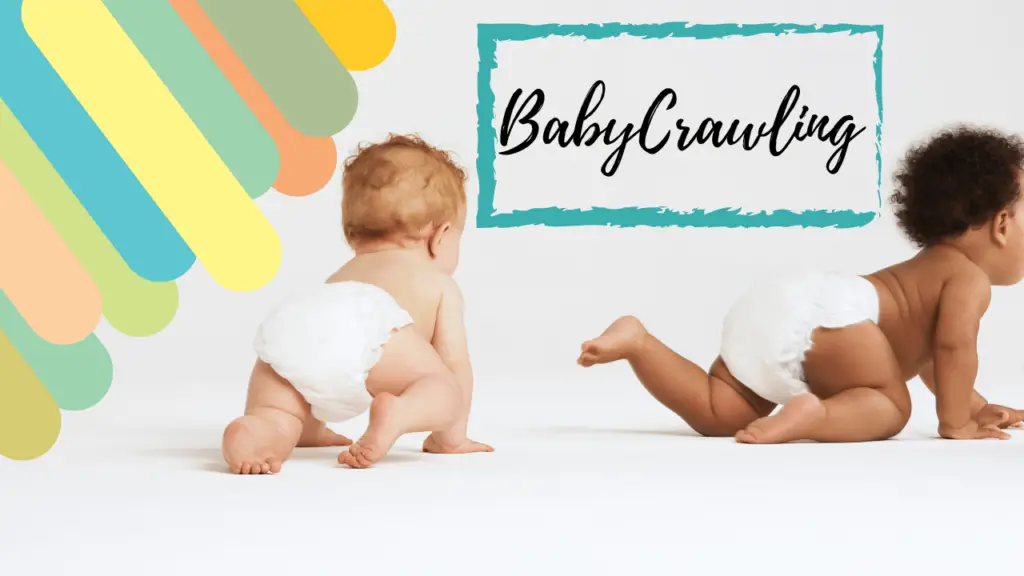When it comes to ensuring the comfort and safety of our little ones, selecting the right bed is of utmost importance. Cot beds have gained popularity as a versatile option for infants and toddlers. In this article, “What age is a cot bed suitable for?” we will explore the suitable age range for cot beds and provide insights on their benefits, safety considerations, and transitioning to toddler beds.

Understanding Cot Beds
Cot beds, also known as convertible cribs, are specially designed to grow with your child. They offer the functionality of a crib during the early stages and can later be transformed into a toddler bed or a daybed. Cot beds typically feature adjustable mattress heights, removable side rails, and the ability to convert into different configurations as your child grows.
Also Read ” When can baby sleep in a crib“
Advantages of Cot Beds
Cot beds offer several advantages over traditional cribs. Firstly, they provide a longer lifespan for your child’s sleeping arrangement, eliminating the need for frequent transitions to larger beds. This can create a sense of familiarity and comfort for your child during their early years. Additionally, cot beds often come with storage options, such as under-bed drawers, providing a convenient space to store bedding and other essentials.
Safety Considerations
When it comes to selecting a cot bed, safety should be a top priority. Look for cot beds that meet the required safety standards, such as proper slat spacing, sturdy construction, and non-toxic finishes. Ensure that the mattress fits snugly and is firm to prevent any suffocation risks. Regularly inspect the cot bed for any loose screws or sharp edges that may pose a hazard to your child.
Recommended Age Range for Cot Beds
Cot beds are suitable for infants from birth up to around four years of age. The adjustable mattress heights allow you to position the mattress higher for newborns, making it easier to lift them in and out. As your child grows, you can lower the mattress to prevent climbing or falling out of the bed. Around the age of four, most children are ready to transition to a larger toddler bed.
Transitioning from a Cot Bed to a Toddler Bed
Transitioning from a cot bed to a toddler bed is an important milestone in your child’s development. It is recommended to make this transition when your child is around two to three years old, or when they start showing signs of climbing out of the cot bed. Begin by removing one side rail of the cot bed to create an open side. This allows your child to get in and out of bed independently while still providing some level of security.
Choosing the Right Cot Bed
When choosing a cot bed, consider factors such as durability, ease of conversion, and overall design. Opt for a cot bed made from sturdy materials that can withstand your child’s active years. Look for conversion kits or additional components that are readily available when it’s time to transition the bed. Additionally, select a cot bed with a design that complements the overall aesthetic of the nursery or bedroom.
Setting Up a Cot Bed
ensures a safe and comfortable sleeping environment for your child. Follow the manufacturer’s instructions carefully during assembly. Adjust the mattress height to the appropriate level for your child’s age and stage of development. Use fitted sheets specifically designed for cot beds to ensure a snug fit. Avoid placing additional pillows, blankets, or stuffed animals in the cot bed, as they can pose suffocation risks.
Bedtime Routine for Cot Bed Users
Establishing a consistent bedtime routine can help create a sense of security and promote better sleep for your child. Incorporate activities such as a warm bath, reading a bedtime story, or singing a lullaby. Dim the lights in the room to signal that it’s time to wind down. Ensure that the sleep environment is calm, comfortable, and free from distractions.
Promoting Safe Sleep Practices
To ensure your child’s safety during sleep, follow these safe sleep practices:
1. Always place your baby on their back to sleep.
2. Use a firm and flat mattress with a fitted sheet.
3. Keep the cot bed away from curtains, blinds, cords, or any potential strangulation hazards.
4. Avoid overheating the room and dress your child appropriately for the ambient temperature.
5. Avoid smoking or exposing your child to secondhand smoke, as it increases the risk of Sudden Infant Death Syndrome (SIDS).
Conclusion
Cot beds provide a versatile and convenient sleeping option for infants and toddlers. Understanding the suitable age range, safety considerations, and transitioning process can help you make an informed decision when choosing a cot bed for your child. By following recommended guidelines and promoting safe sleep practices, you can ensure a comfortable and secure sleeping environment for your little one.
FAQs
A) The recommended age to transition from a cot bed to a toddler bed is around two to three years old, or when your child starts showing signs of climbing out of the cot bed.
A) Yes, cot beds are safe for newborns. Adjust the mattress height to the highest position to make it easier to lift the baby in and out. Ensure the cot bed meets safety standards and follows safe sleep practices.
A) Absolutely! If you prefer, you can continue using the cot bed as a regular bed for your child, as long as they comfortably fit within the size and weight limits.
A) If your child repeatedly climbs out of the cot bed, it may be a sign that they are ready for a transition to a toddler bed. Follow the recommended guidelines for transitioning and ensure the new bed provides appropriate safety features.
A) Yes, it is recommended to use fitted sheets specifically designed for cot beds to ensure a snug fit. Avoid using additional pillows, blankets, or stuffed animals, as they can pose suffocation risks.


